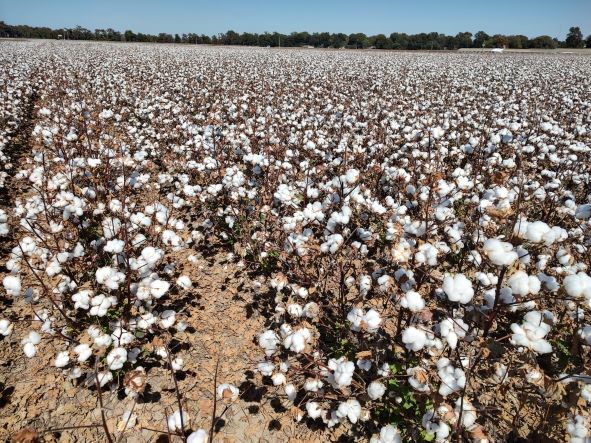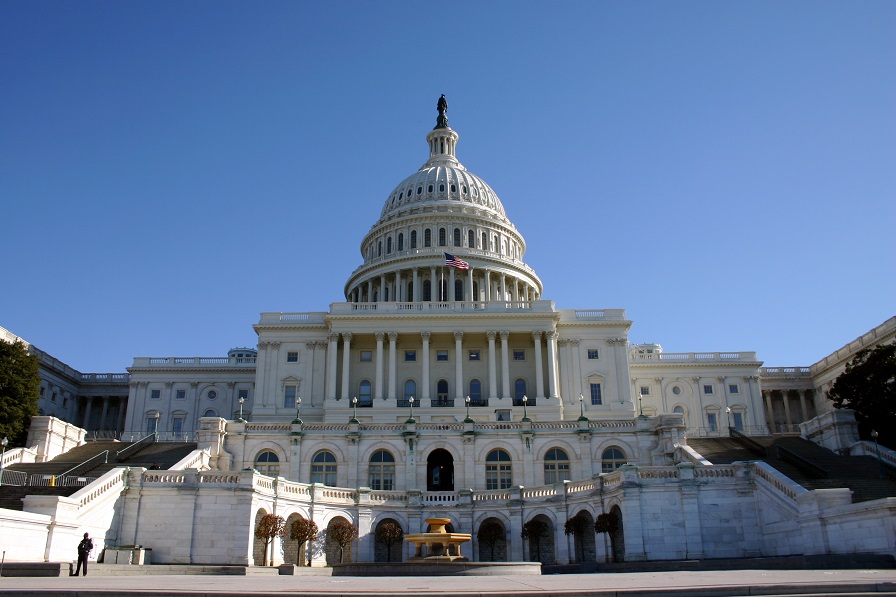Cotton Incorporated: A Silver Lining for White Gold
The recent decrease in cotton stocks and the ensuing highs in cotton fiber pricing have led some manufacturers to contemplate substituting cotton, in whole or in part, with man-made fibers. Recent consumer studies by Cotton Incorporated, however, suggest that even a short-term fiber substitution strategy would fall short with apparel shoppers. The primary factor affecting the consumer mindset on this matter is quality, which has become a key driver as personal economies emerge from the recession. The data reveal that consumers would be willing to pay as much as 20% to 25% for select cotton apparel.
Global economic factors have created a cautious, discount-seeking consumer. Faced with stagnant incomes and persistent insecurity over the economy, U.S. consumers are being more selective in their spending and more conscientious in their savings. In order to find the best value for their apparel dollar, consumers have shifted where they shop, moving more of their apparel dollars to mass merchants and off-price retailers and shopping multiple retail channels. More consumers are comparison shopping either online or in-store and looking for discounts by either using store coupons or waiting to buy on sale. During the last ten years, the percentage of consumers who buy clothing on sale rose from 67% in 2001 to 78% in 2011. As discounting increased markedly during this period, consumers were conditioned to expect low prices and sales.
Retailers met consumer expectations for deals by incorporating pricing—and reduced pricing—as a sales strategy. Today, three key points complicate this strategy: the impact of rising cotton fiber prices at retail, which is frequently overstated; the fact that apparel prices have not increased – but decreased – over the past 15 years; and the strong consumer emphasis for quality.
The cotton contribution to any potential increases in apparel pricing has been misunderstood by many. Based on a theoretical pull-through model developed by Cotton Incorporated, a one-dollar increase in the cost of cotton fiber could result in as much as a 53-cent increase in the average cost a consumer pays for a tee-shirt, and a $2.42 increase for a pair of denim jeans (based on the weight of cotton in the garment, and assuming that the retailer passes the total cotton increase along).
Is Substitution a Wise Decision?
No consumer wants to pay more than they have to, and no retailer wants to raise prices. But what can retailers do to keep from raising prices? Over the past 15 years, the price of food in the U.S. has increased 47.8%; medical costs have risen 76.2%; and energy costs have soared 101.2%. During this same time period, however, apparel costs declined by 12.4%. Meanwhile, increased costs for all textile fibers, higher labor costs for goods, and increased transportation costs to get goods on store shelves all added to retail prices.
To keep prices down, some retailers are considering altering their textile mix by substituting relatively lower-cost, man-made fibers into their traditionally cotton-rich apparel.
Consumer survey responses reveal that such substitutions are risky and, perhaps, unnecessary. More than 50% of respondents to the Lifestyle Monitor survey said they would be dissatisfied if synthetic fibers were substituted for cotton in their apparel. The percentages were particularly high for cotton denim jeans (97%) and tee shirts (95%). Consumers consider cotton to be a comfortable, soft, durable and quality apparel fiber, and quality is one of the most important purchase considerations for consumers whether they shop at a specialty store or a mass merchant.
Along with keeping an eye to quality, two things that may convince retailers to maintain their commitment to cotton are the cyclical nature of cotton pricing, and the willingness of consumers to pay more for cotton apparel. This year’s record highs for cotton are expected to motivate growers to produce a record harvest. Increased supply will ease demand pressure and pricing volatility over time.
In the meantime, consumers are cotton fans. According to a recent Cotton Incorporated Lifestyle Monitor survey, consumers would be willing to pay as much as $2.42 more for a tee shirt ($11.98) and $5.43 more for a pair of denim jeans ($32.78). Given expectations of easing prices, retailers cannot lose sight of how and why consumers shop, which is to find the best value for their money.









